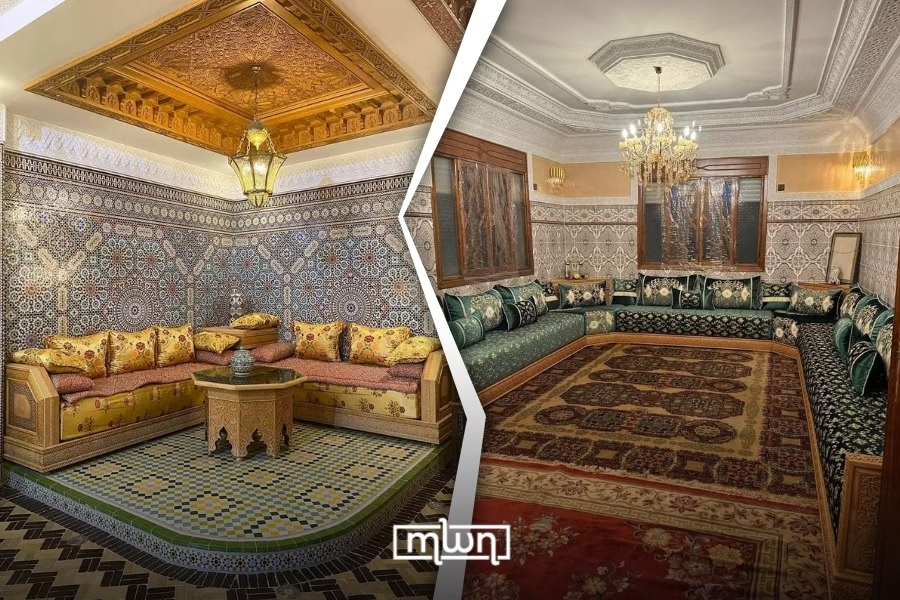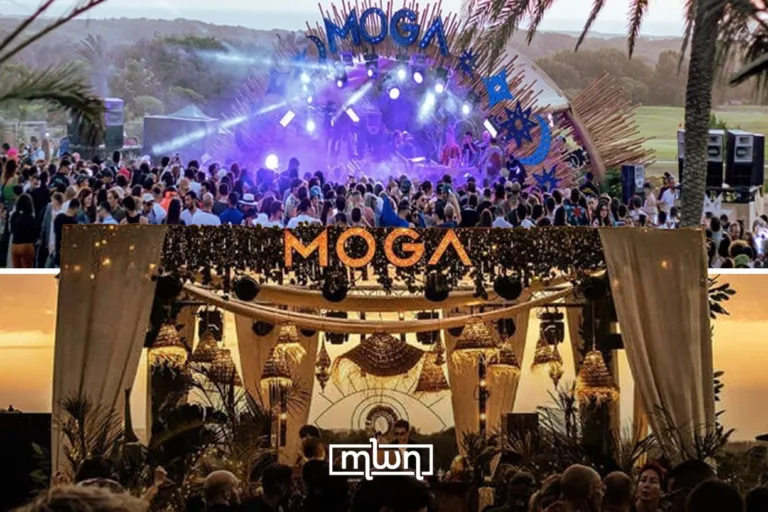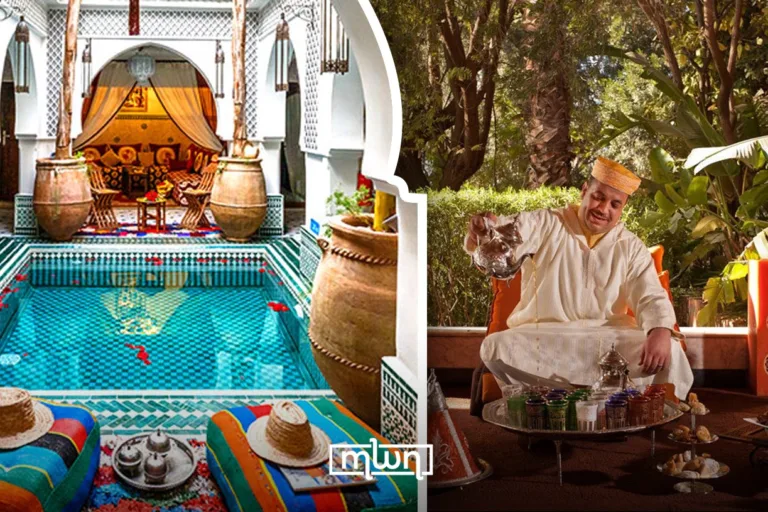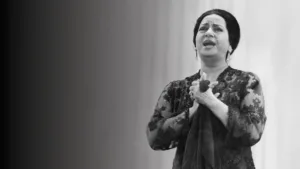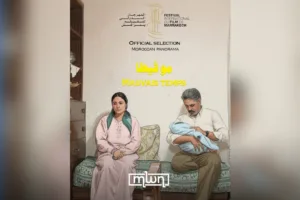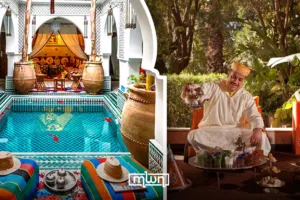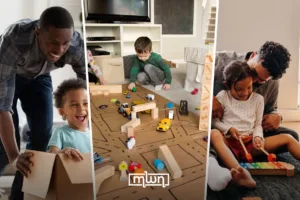Walk into any Moroccan home, and the salon does all the talking.
Fez– There’s one thing you’ll find in every Moroccan home, regardless of the region, social class, or square footage, and that’s the “salon beldi”, affectionately known as the “Moroccan living room.”
But let’s be honest: Calling it a living room doesn’t quite do it justice. The Moroccan salon is more than a room; it’s a cultural artifact, a visual language, and, for many families, the heart of the home.
For visitors, it’s often the first place they step into, and for locals, it’s where stories are told, guests are welcomed, and tea is endlessly poured.
It’s no exaggeration to say that the Moroccan salon has become a national icon, helping shape the world’s perception of Moroccan heritage.
Though universally loved, the Moroccan salon isn’t one-size-fits-all. Its design, textiles, and woodwork shift across the country’s regions, each version telling the story of its geography and local artisanship.
Northern style
Think bold embroidery, detailed wood carvings, and cooler color palettes. Influences here stem from Andalusian and Mediterranean aesthetics.
Fassi and Rabati styles
Central Moroccan salons are refined and regal, often featuring luxurious fabrics, velvet cushions, and masterfully crafted wood.
Sahrawi style
In the south, the desert influences are clear, simpler layouts, warmer tones, and a focus on comfort for gatherings that go deep into the night.
What makes a Moroccan salon?
Each element of the salon is carefully chosen, reflecting centuries of tradition, craftsmanship, and taste.
Here’s a breakdown of what makes up this beloved space:
The Cushions (Mtarbat or Ponge): These long, plush seats are filled with cotton, straw, or modern foams with springs, depending on the family’s budget.
The “Sedari”: A wooden frame that holds the cushions, often intricately carved and inlaid with bone, metal, or even mother-of-pearl.
Textiles (L’hof and cushions): Upholstery is a serious art form here. Expect rich jacquards, velvets, and silks in intricate patterns and color schemes that change with trends, but always echo tradition.
The Rug (Zrbiya): From Rabati elegance to Fassi sophistication, from bold Atlas mountain weaves to imported Turkish flair, the rug anchors the space, sometimes literally.
Curtains: Always matching or complementing the cushion fabrics, curtains are part of the overall harmony.
Symmetry is key.
The Ceiling and Walls: A salon isn’t truly complete without a sculpted plaster or cedarwood ceiling, zellige-tiled walls, and sometimes even a marble-inlaid floor.
Natural light is essential, the salon is typically the brightest room in the house.
Beyond aesthetics, the Moroccan salon is deeply tied to values like hospitality, family, and pride.
Even in modest households, the salon is often the most carefully curated space, an emotional investment just as much as a financial one.
Prices can range from MAD 2000 to millions, depending on materials and craftsmanship, and many families save for years to create their dream setup.
In short, the Moroccan salon is an identity, a memory, and an artistry stitched together in velvet and wood.
It tells you everything you need to know about the family inside. And honestly, isn’t that what home is supposed to do?
Read also: “The Voice of Moon Children” Association in Fez Celebrates Winning the “Arab Hope Maker” Award

